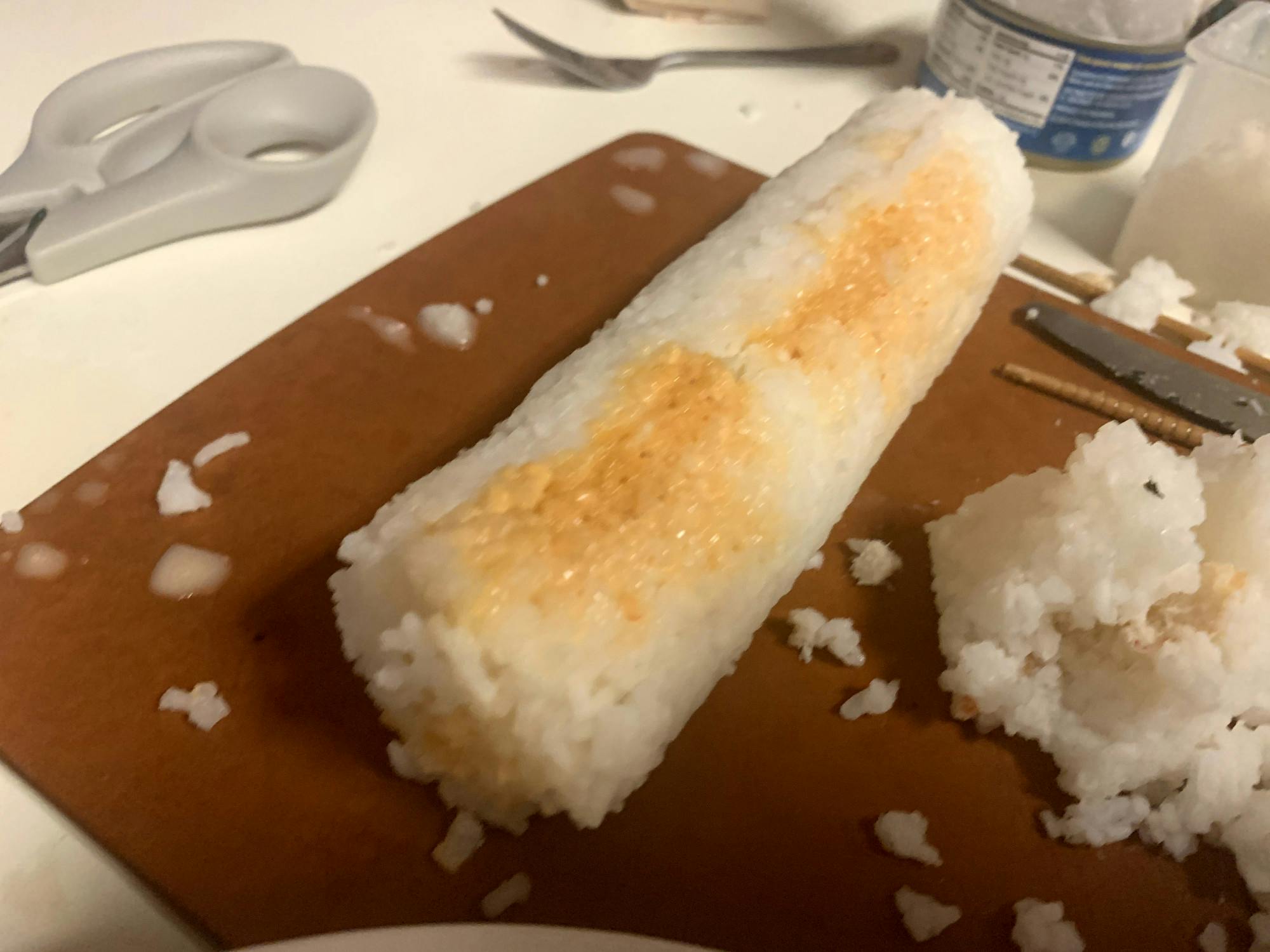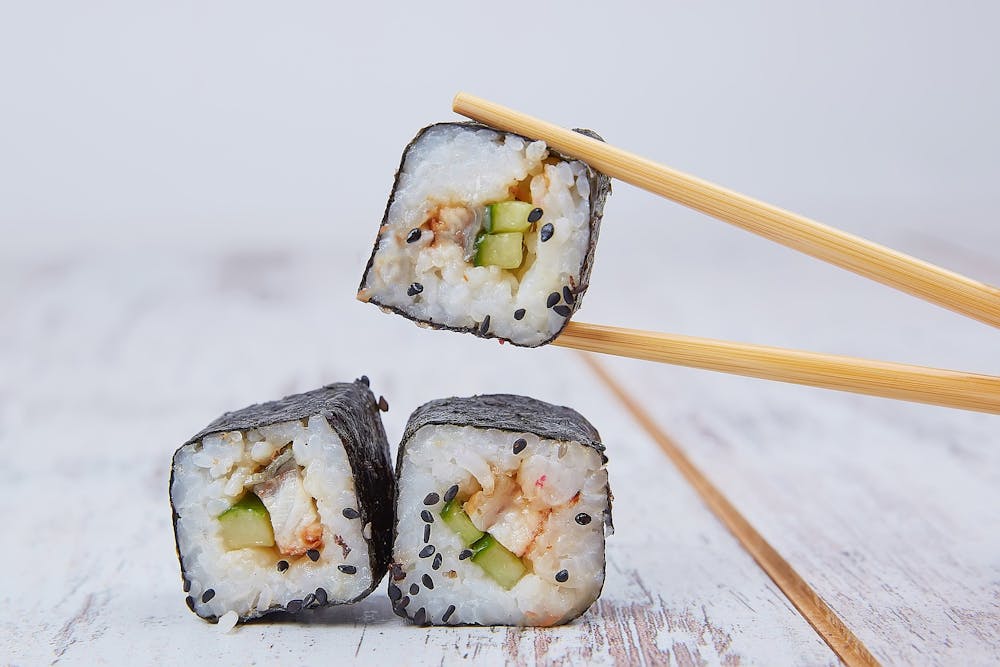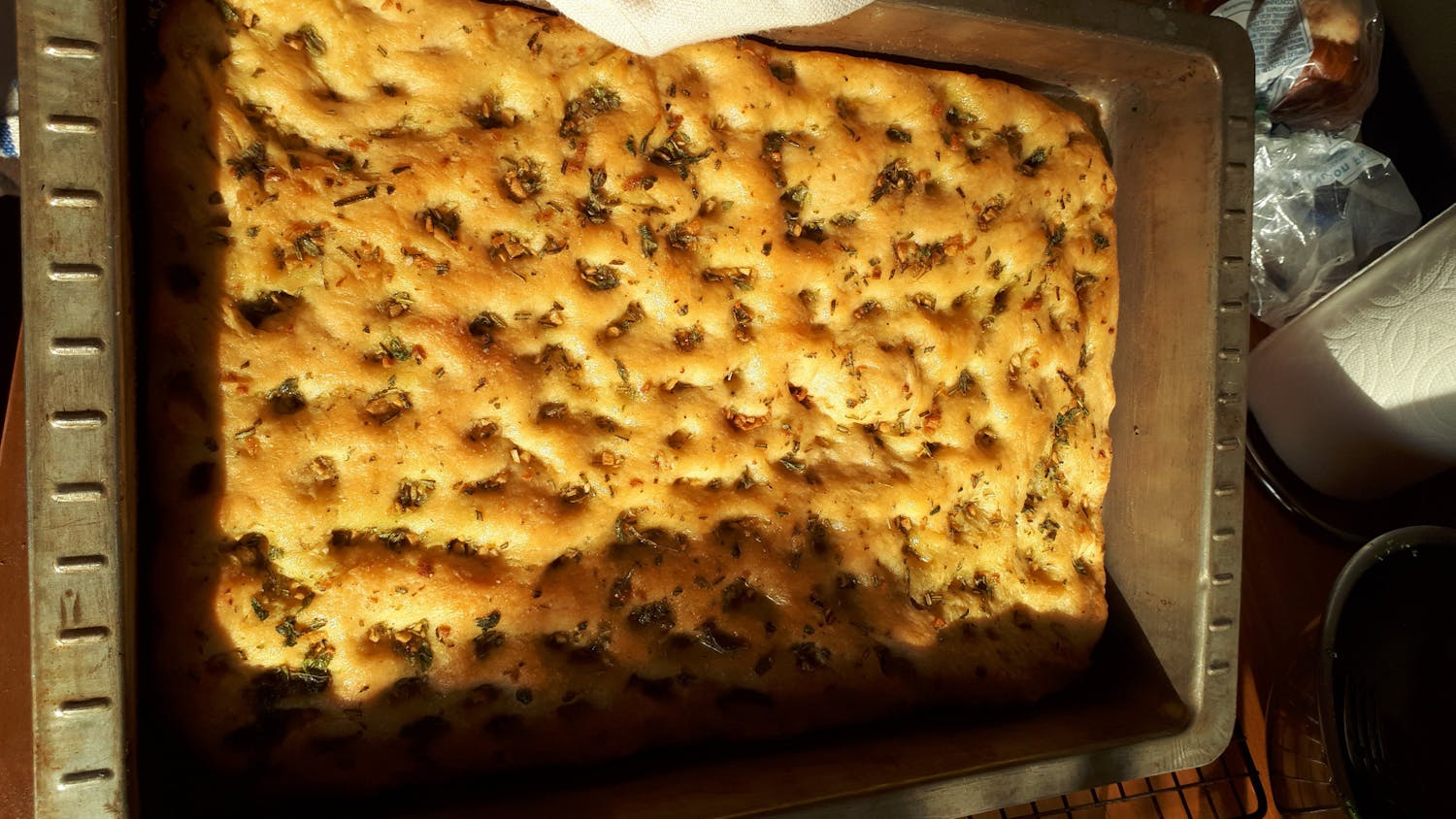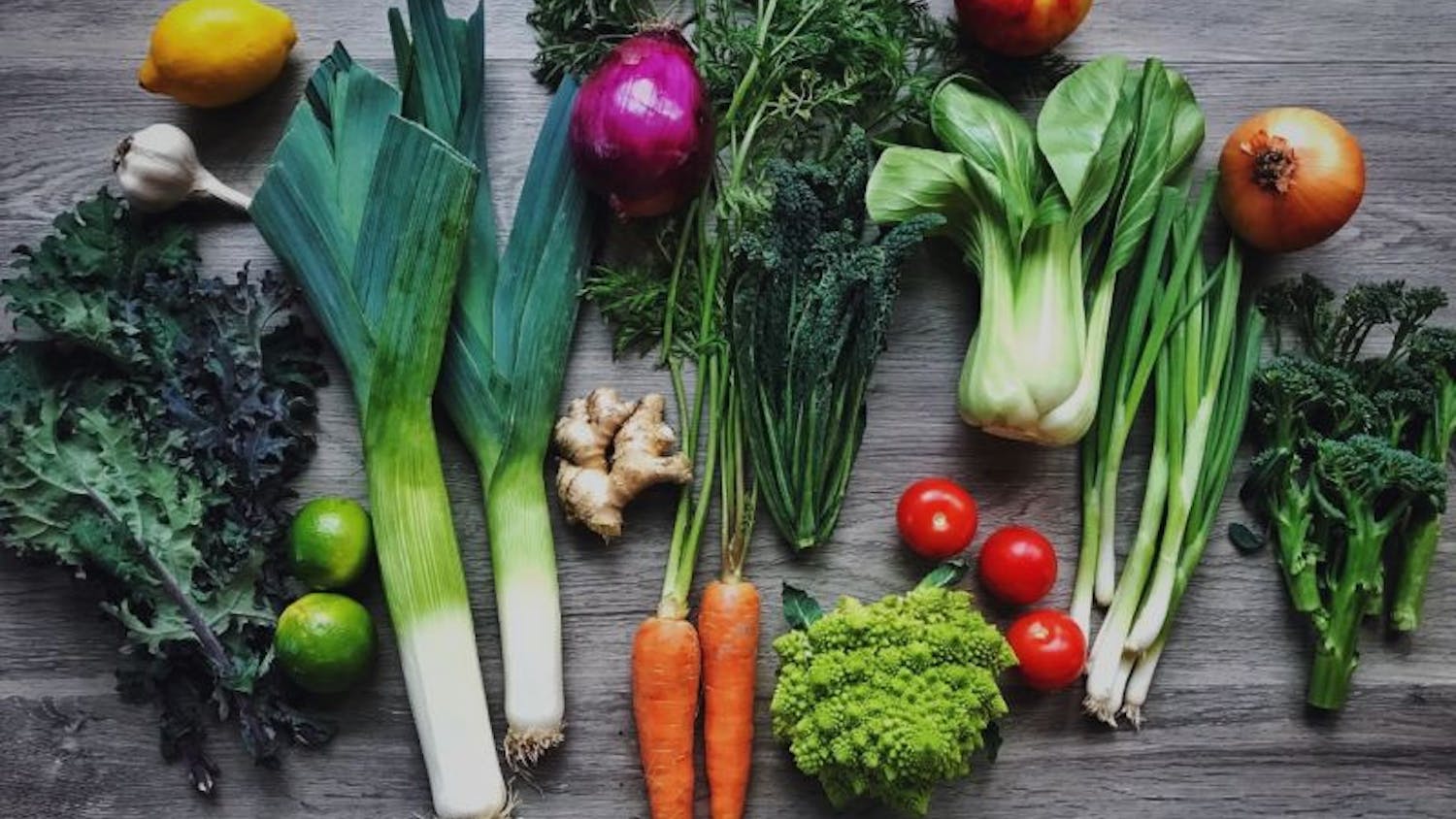A few weeks ago, The Front put up two polls on Instagram asking the public which meal they would like to see made on a budget. In a decision between cordon bleu and sushi — and with an average college student’s budget of $11 — viewers decided that sushi would be put to the test.
For context, I am a 20-year-old with little to no cooking experience. Typically, my days are filled with ramen and boxed Kraft macaroni and cheese. While sushi is a favorite meal of mine, it was something I preferred to be left to the professionals and delivered directly to my plate.
The Process
Lately, I’ve felt that I have relied on processed foods too much and should change up my diet. I chose to do this experiment to see if I could reasonably make sushi for myself.
After spending several minutes looking up recipes for sushi and deliberating ingredient choices with editors, I came to the conclusion that fresh fish would be out of the picture thanks to the $11 I had in my pocket. I ended up settling on a whopping $3 can of crab with leg pieces which, surprisingly, doesn’t go bad until the year 2023. At least I can afford plenty of time to perfect my roll.
I broke the ingredients down into three categories: basics that I already had at home, the base ingredients for sushi and extra toppings.
At home I already had the rice, sugar and salt, so I didn’t have to pay anything for that. In fact, I’m pretty sure my mom bought those things for me so it didn’t cost me money in the past either.
The materials I used were a large bowl for mixing, a strainer, a pot to boil the rice, a small saucepan to heat up the ingredients for the sushi rice, a mixing spoon, a normal spoon, a cutting board and a sushi press that my stepdad gave me.
Base Sushi Ingredients:
- Rice Vinegar: $4.29
- Pacific Pearl crab meat with leg pieces: $3.89
- Seaweed: $3.99
Extra Toppings:
- Kikkoman Panko bread crumbs: $2.59
- Sarayo sriracha mayo: $3.99
Now that I had my ingredients and tools, the sushi making commenced.
Thanks to some handy YouTube videos, the process took me about an hour. On top of the cooking, I was constantly looking at my laptop to make sure I was doing it correctly, and I had to entertain my girlfriend who was patiently waiting to film my sushi chef skills in training.
Once I got to the assembly, the idea of seafood that doesn’t go bad for years and doesn’t have to be refrigerated was hard for me to not think about. I was horrified to open up the can.
I filmed the majority of the process with the exception of the sushi rice making because I thought it would be boring to watch me shaking my body to properly make the rice.
Overall, the process was tiring. It felt like I nearly broke my back attempting to make sushi rice like the sushi chef I was watching on YouTube. I definitely have a newfound respect for the chefs who do this for a living.

Sushi rolls on a cutting board. For a first attempt this doesn’t look bad, but it still looks really bad. // Courtesy of Natalie Hrabik
The Outcome
I have no patience at all when I am hungry, so I didn’t wait for the sushi rice to cool completely like all the recipes clearly said. I think that might be exactly why my rolls ended up falling apart so easily. While it tasted okay, it was a lot of work for a very little reward.
Looking back at the process, I think I made way too much rice because when I was eating the roll, I could only really taste the rice and seaweed and not the infamous crab I had in the mix. It wasn’t necessarily bad, I just got bored of the dominating rice flavor.

An uncut sushi roll on a cutting board. Seconds later it fell apart. // Photo by Cameron Martinez
At the end of the day I think it is definitely safe to say, I will not be doing that again, and I will be leaving the sushi making to the sushi chefs.
However, an issue still remains. While I may have found this process to be tedious and not worthy of my hours of effort, for individuals who don’t have the luxury of purchasing a $18 sushi roll in a restaurant, meals and processes like this one are a daily given.
Why this matters
Shopping on a budget is hard, and it’s easy to see why many college students eat cheap and unhealthy foods.
Many students are doing school full time and work only part time, minimum wage jobs. Many students also have to pay for their education and housing along with food. According to educationdata.org, 75% of students rely on income and savings to pay for college.
“If I want to spend money on quality ingredients then I can't just buy a single portion of that at a reasonable price,” said Gemma Roberts, a third-year Western student. “Most of it is sold in bigger portions. You have to use it over and over and over again until it's gone. If you just want one nice meal, it's going to take a lot of money, especially if you're the only one eating that.”
There are many students who think their only reasonable food options are the cheap unhealthy foods, but there are resources on and off campus to help students have a healthier diet.
The Outback Farm is an example of fresh produce that is available to students and the community alike. The farm is dedicated to fighting food insecurity within the Western community.
“I would recommend engaging with the food pantries on campus as well as the Outback Farm, who can provide you with cheap/free healthy food,” Outback Farm engagement coordinator Cam Olsen-Roth said in an email.
Western and Aramark also provide nutritionists for students and faculty.
“Those who are shopping on a budget can absolutely have a nutrient dense diet,” said Darcie Hill, the registered dietitian nutritionist for the Faculty and Staff Wellness Program, in an email. “I talk with people about how to be savvy shoppers.”
Students who need food-based help have many options. They don’t need to eat homemade sushi for every meal if they don’t want to.
“For example, using the bulk section for beans and whole grains, such as quinoa, brown rice, barley, etc,” Hill said. “They are both packed with micronutrients, protein and fiber and so cheap. You can also get fruits and veggies fresh, frozen or canned.”
An important aspect of having a different diet, according to Hill, is practicing mindful and intuitive eating. Mindful eating is taking the time to savor the food and intuitive eating is listening to body cues.
“Health comes in all shapes and sizes and there is no ‘one size fits all’ diet,” Hill said. “It is a balance between healthful choices, fun foods, and social connection. Mindful and intuitive eating can really help people find the perfect balance for them!”
If you try to make sushi as a college student, let us know how it goes by tagging us on Instagram @westernfrontonline.
Cameron Martinez (she/her) is the editor-in-chief for The Front this quarter. She is majoring in visual journalism with a double minor in queer studies and anthropology. She has written stories ranging from making sushi on a budget to murder hornets on campus. When not reporting, she enjoys listening to podcasts and playing arcade games.
You can reach her at me.thefront@gmail.com or cameron.westernfront@gmail.com. Her Instagram handle is @doctorcameron.







